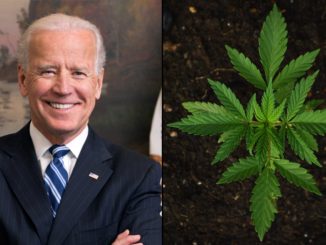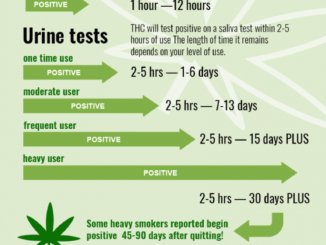
Is medical marijuana superior to prescription analgesics in controlling chronic pain? Chronic pain overall constitutes the single largest usage of medical marijuana. The opioid narcotics that are commonly used to treat chronic pain, like codeine, morphine, oxycodone, and methadone, are potentially addictive. Chronic pain medications may end up leading to tolerance with a need of increasing dosage to maintain effectiveness.
A substantial number of patients find that when treating their chronic pain with medical marijuana, they are able to eliminate or significantly cut down their opiate intake. THC and the other cannabinoids inhibit the acute responses to painful stimuli. They are effective at relieving chronic pain associated with nerve damage and inflammation. There aren’t any large scale research projects looking at marijuana’s pain relieving efficacy. But there are plenty of case reports showing that marijuana works well for peripheral nerve pain such as the phantom limb pain occurring after an amputation.
Marijuana blocks pain pathways in the central nervous system, but through a different neurochemical signaling system than opiates. Therefore opiates and marijuana may act together as complementary analgesic medications since they are acting in two different ways. Cannabiniods in marijuana may act directly on injured tissues by reducing inflammation around damaged nerves. An example of this would be with a patient who has post-laminectomy syndrome. After a compressed nerve is surgically freed up, the result may be impressive pain relief. However, after a few months to a year one may develop scar tissue around the nerve and have persistent leg pain which then has no further surgical answer.
This peripheral neuropathic pain is where it appears that marijuana treatment shines. Peripheral neuropathy from diabetes, HIV, post-surgical scarring, have responded well in case studies to medical marijuana. There is also a neuropathic pain that occurs in MS patients called allodynia which entails significant pain to a normally non-painful stimuli.
Opiates do not have clear indications for neuritis and neuropathy, but marijuana actually has been shown to relieve peripheral neuropathy due to HIV and diabetic neuropathy. THC has been useful for treating phantom pain with amputees, causalgias, neuralgias, and conditions like trigeminal neuralgia.
Medical marijuana has also found success with chronic cancer pain. A study at Univ. of Iowa found oral THC at 5 to 10 mg was as effective as 60mg of Codeine for terminal cancer pain relief.
One question that is obvious – Does marijuana alleviate pain simply because patients no longer care about it? Do the psychoactive effects of marijuana simply shift a patient’s attitude about the pain and allow one to “sideline” it? Then the patient may focus on other things. Patients in case studies have stated that while taking opiates for chronic pain it tends to have a depression effect and other side effects such as constipation.
For a patient with debilitating diabetic or chemotherapy induced neuropathy, is it so bad if medical marijuana alleviates pain partially from acting directly on the inflamed and injured nerves and the other part by simply allowing patients the ability to focus on more pleasurable aspects of life?
It’s estimated that 20% of Americans are afflicted with migraines. 3/4 of these are women. Back in the 1800’s, cannabis was the migraine drug of choice. Many patients say that once the first sign of a migraine attack occurs, such as visual disturbance or ringing in the ears, smoking a joint averts the migraine attack.
Proudly WWW.PONIREVO.COM



